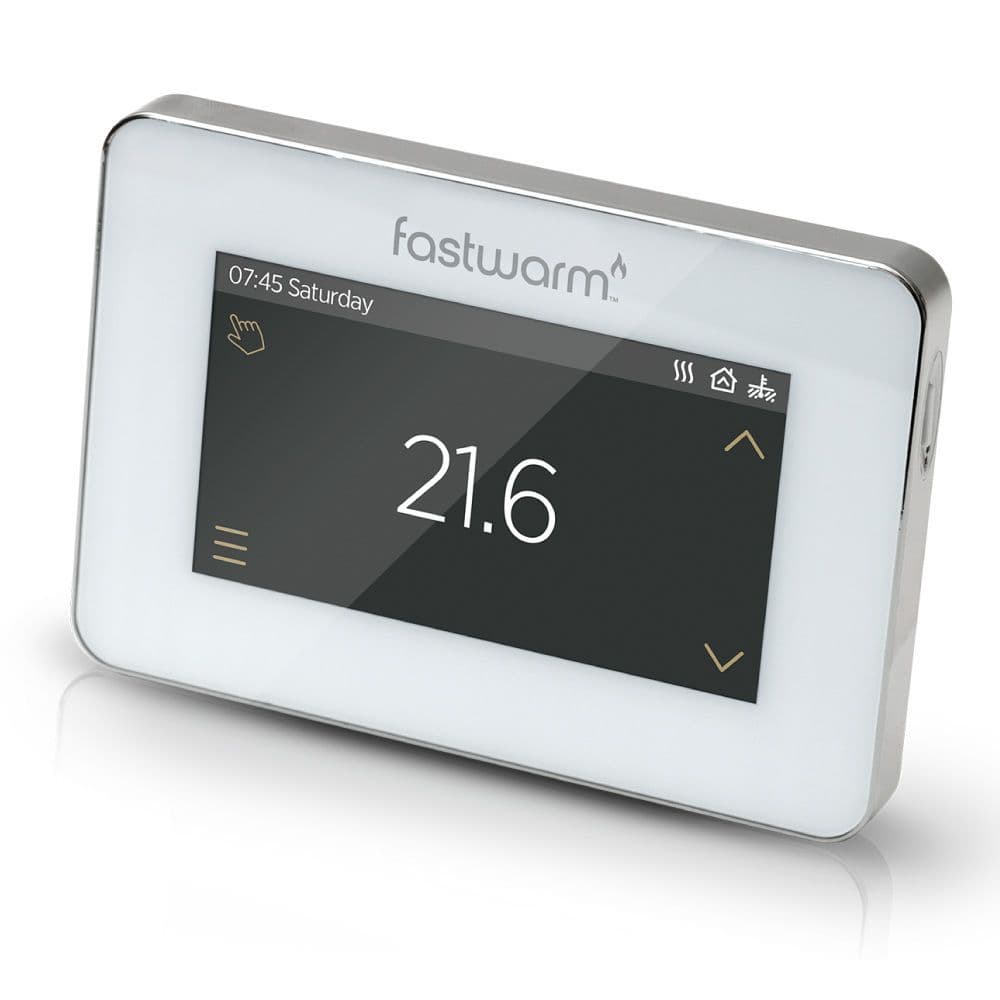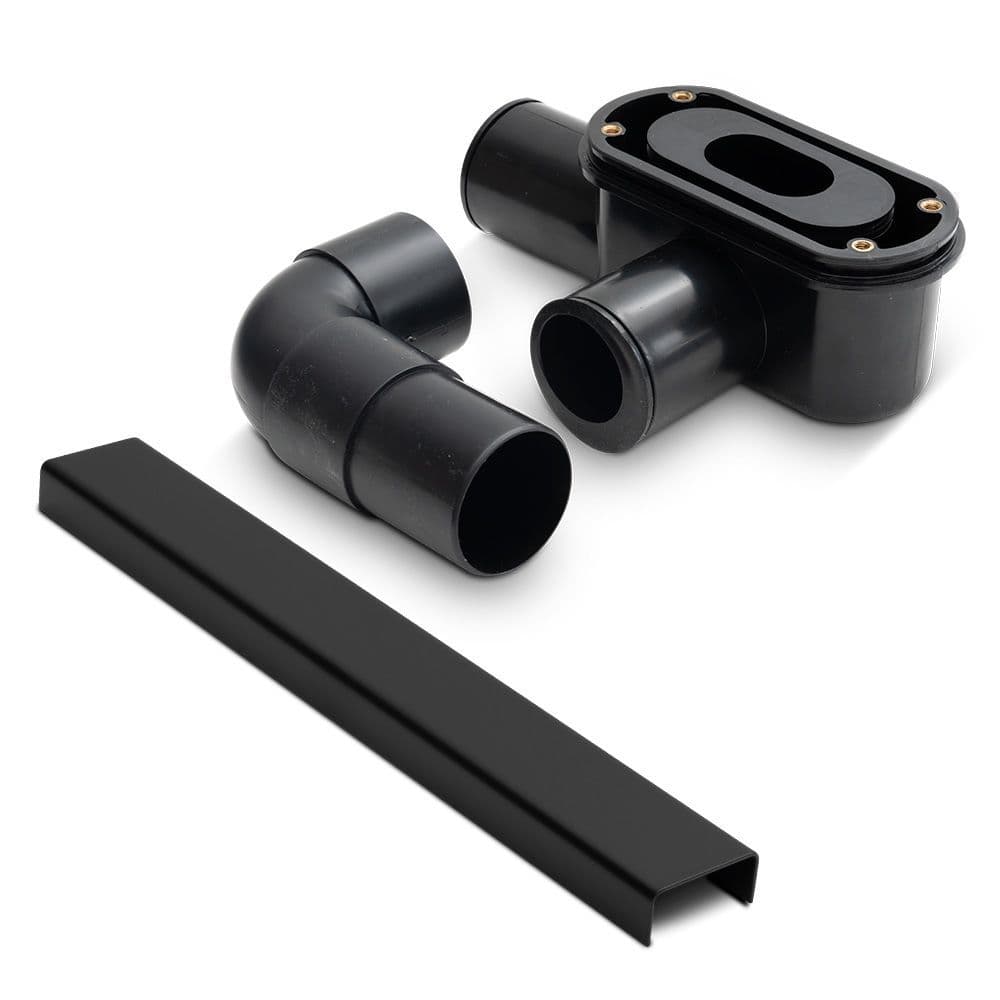Although its thermal conductivity and durability are not equal to that of stone tiles or engineered wood, when you need an affordable and hardwearing solution, vinyl can be an excellent alternative.
Vinyl flooring is constructed from a robust resin mixed with stabilisers and plasticisers, but can take different forms.
It can be bought as a sheet, which involves a thin layer of vinyl laid over foam to create a cushioning effect for users, or come as tiles or planks with a similar construction to engineeredwood.
Karndean and Amtico are two popular types of vinyl flooring that are used with underfloor heating systems.
Amtico is a high-quality floor finish that can replicate the appearance of polished marble and stone or different wood grains. Extremely versatile and practical, Amtico pairs well with underfloor heating, but there are points to consider.
Fortunately, this can be managed easily by installing a floor sensor.
The same advice applies to Karndean vinyl flooring, which was created as a softer and warmer alternative to ceramic tiling.
Luxury Vinyl Tiles (LVT) are supplied as planks and tiles in different shapes and sizes to create realistic flooring above underfloor heating. The multi-layered construction of LVT allows them to cope well with fluctuations in temperatures that prevent damage to flooring during operation.
What are the advantages of vinyl flooring with underfloor heating?
Hardwearing yet cost-conscious, vinyl is soft, warm and easy to keep clean, making it a popular solution for many homeowners. The availability of vinyl in formats that resemble high-end floor finishes like wood and stone also mean it can suit any room in the house.
In terms of its compatibility with underfloor heating, vinyl rates highly. In sheet form, its thin nature means that heat from the system installed below it can easily permeate and warm up rooms effectively.
As mentioned, in an LVT format, vinyl handles systems warming up and cooling down well without experiencing issues like warping.
It’s always a smart move to check the product manufacturer’s recommendation regarding maximum floor surface temperatures, to make sure that the vinyl is appropriate to use with an underfloor heating system.
Today, most vinyl flooring makers state 27°C as the maximum temperature, which is more than sufficient when fitted above radiant floor heating.
What do I do next?
If you need more help, our highly experienced team are available to answer your questions.
You can contact us via the options below:


















